
7 minute read
Fancy Desserts • Vol. 19: #49 • (12-3-2023) Tidbits of Coachella Valley
What’s for dessert? Whether you’re ready to start taking on your holiday weight or not, ʽtis the season when sweet temptations are around us almost everywhere we go. So this week Tidbits is dishing out facts youʼre sure to savor about some favorite sweet treats, along with a few international versions.
• Our word “dessert” has its origins in the French verb desservir, which means “to clear the table.” At the banquets of the late 1700s, tablecloths and napkins were changed before the final course of fruit, sweetmeats, and spiced wines. Guests consumed dessert standing up away from the table to allow the servants to ready the table. Dessert became the traditional term for the final course of a meal.
• The elaborate French dessert croquembouche is created from delicate pastry puffs arranged in the shape of a large cone. They are filled with creams and ganaches and held together by caramel or toffee. Originating in the early 1800s, it was first featured in an 1815 cookbook and was served exclusively at the tables of French royalty and nobility. Today, it’s a regular feature at French weddings and baptisms.

• A 1796 cookbook, “American Cookery,” was perhaps the first publication to include a recipe for “tiny cakes.” The cakes were also called “number cakes,” because directions were for ingredients to be measured by numbers, rather than by weight. They were baked in small pottery cups. An 1828 cookbook was the first to call this concoction a “cupcake,” with instructions for baking a cake using one cup of batter in small tins. Cupcakes became a popular item at ladies’ tea parties. The first commercial cupcakes were introduced by the Hostess Company, who called it a “snack cake.”
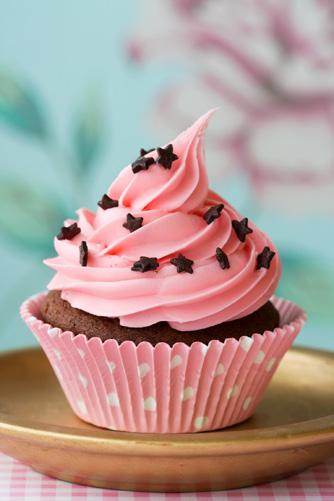
• Chocolate mousse traces its origins to 18th century France, taking its name from the French word for “foam,” an appropriate description since the dessert features air bubbles that give it an airy texture. An ad in a Brooklyn newspaper offered classes on how to make the dessert, bringing it to the Americans’ attention in 1887. An 1897 newspaper column in the Boston Globe introduced a variation that is more like today’s foamy treat, consisting of five ingredients – chocolate, cream, sugar, butter, and eggs. In the 1930s, its popularity greatly increased with the launch of chocolate pudding mixes.
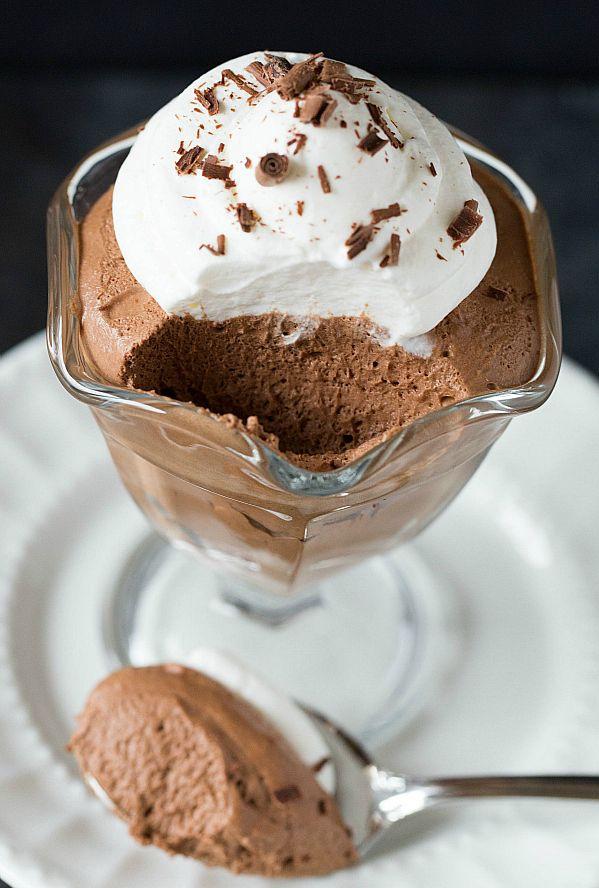
• There’s a debate on how brownies came into existence. Some say that a chef accidentally added melted chocolate to his biscuits or ran out of flour while making a cake. Others claim that a Maine housewife forgot to add baking powder to her chocolate cake. But the most likely story took place in 1893 at Chicago’s Palmer House Hotel. Bertha Palmer, the owner’s wife, was asked to create a new dessert for the 1893 World’s Columbian Exposition, commemorating the

400th anniversary of Christopher Columbus’ arrival in the New World. Pastry chefs in the hotel’s kitchen were tasked with formulating an easily transportable dessert to put in boxed lunches at the fair’s Women’s Pavilion. We don’t know what the chefs called them, but it wasn’t brownies. That term didn’t materialize in American cookbooks until several years later.
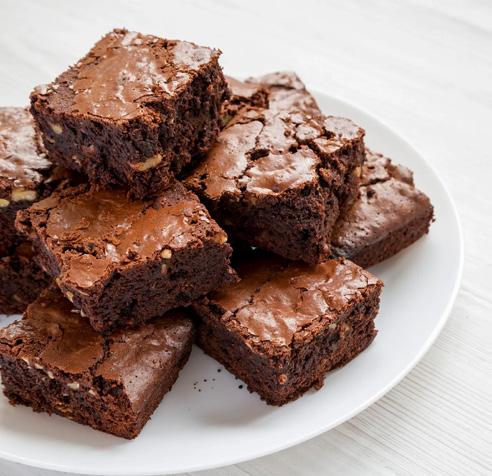
• The tasty dessert tiramisu is a fairly new innovation. This spongy cake is made by dipping ladyfingers in Italian coffee then layering with a cream layer of mascarpone cheese and egg yolks flavored with cocoa and liqueur.
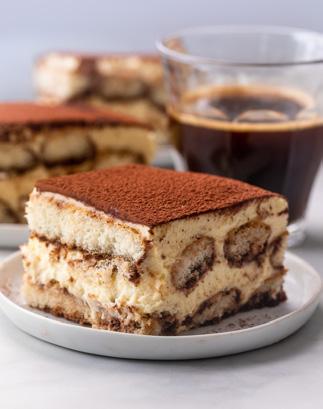
The layers are repeated and topped with grated chocolate. Tiramisu, which literally translates “to pick me up,” traces its origins to the 1960s in an Italian restaurant, with its first creation claimed by confectioner Roberto Linguanotto. The word isn’t mentioned in the dictionary until 1980.

• The custard dessert known as flan is made from eggs, cream, sugar, and various flavorings. It’s baked in a water bath in the oven. The Romans developed the recipe when they became the first to domesticate chickens. Now with an abundance of eggs, they began creating new recipes. The first “flado,” (translating “flat cake”) was a savory treat with fish or meat. Sweet versions were eventually introduced, flavored with honey. Its popularity spread to Spain, where caramelized sugar was added. Spanish explorers brought the confection to the New World, notably Hernan Cortes, who landed in Mexico’s Yucatan Peninsula. Over the years, it has become the most popular Latino dessert, with flavorings such as vanilla, orange, coconut and chocolate, enhancing the taste.

• German chocolate cake has nothing to do with Germany; in fact, its origins are in Dallas, Texas. Back in the 1850s, a baker named Samuel German was working for the Baker’s Chocolate Company, a company founded by James Baker. German created a dark baking chocolate with a higher sugar concentration than the current ones in use, and the company named it after him, calling it “German’s Sweet Chocolate.”
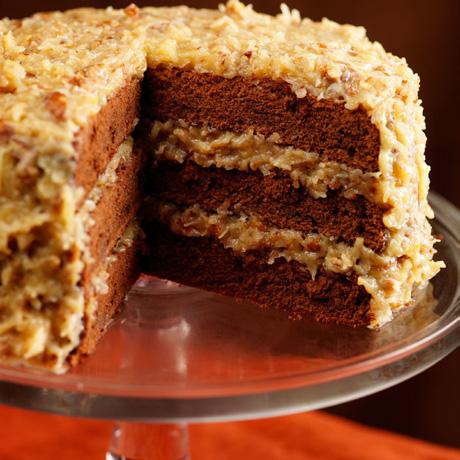
• Over 100 years later in 1957, a Dallas newspaper featured a regular column that featured recipes submitted by readers. A local resident, Mrs. George Clay, offered a recipe she had developed using German’s Sweet Chocolate. It was a three-layer cake prepared from the chocolate and buttermilk, filled and topped with a frosting made from pecans, coconut, and evaporated milk. By now, General Mills owned the Baker’s brand and published the formula in their recipe booklet, titling it “German Chocolate Cake.” The name stuck.

• Fruitcake has been the traditional wedding cake of royalty since the Middle Ages. The main purpose for the baked concoction was preservation! Fruitcake is made with generous amounts of rum or brandy, which acts as a natural preservative, thus keeping the cake from spoiling during the days without refrigeration. In 1840, Queen Victoria’s wedding fruitcake weighed a whopping 295 pounds. Busts of Victoria and Albert sat atop the cake frosting, a pure white icing. Fruitcake was also the treat at Queen Elizabeth II’s wedding to Prince Philip, and the weddings of Prince Charles and Prince Andrew. When Prince William married Kate Middleton, their fruitcake was baked in March, although the wedding wasn’t until April 29, giving it nearly two months to mature and give it a richer flavor. Tipsy attendees were observed meandering back to the serving table for seconds.

• In Germany, it’s known a Schwarzwalder Kirsch Torte, but here we call it Black Forest Cake. This rich confection consists of chocolate sponge cake, layered with whipped cream and cherries. The cake layers are brushed with a syrup of “kirschwasser,” a liqueur made from sour cherries, then fresh cherries and whipped cream are added between the layers.
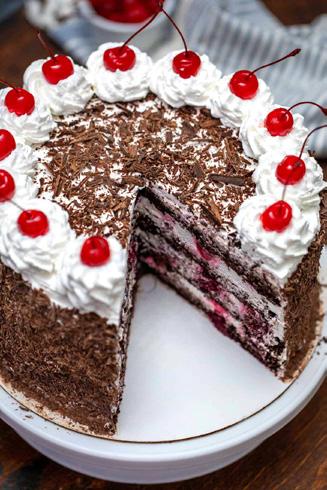
The entire cake is then covered with more whipped cream, more cherries, and chocolate shavings. A little bit messy for the diner, but quite rewarding!



